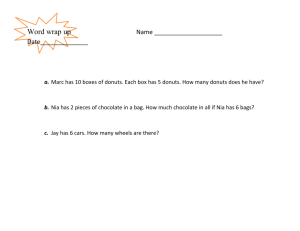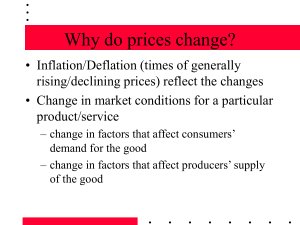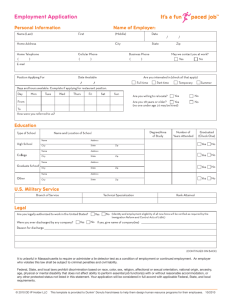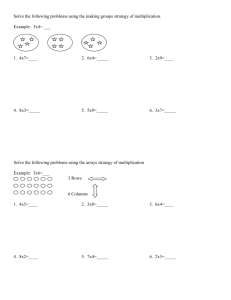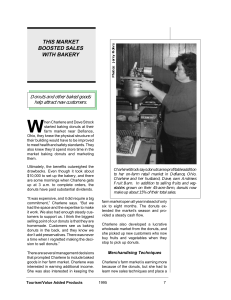Exam 1 W09
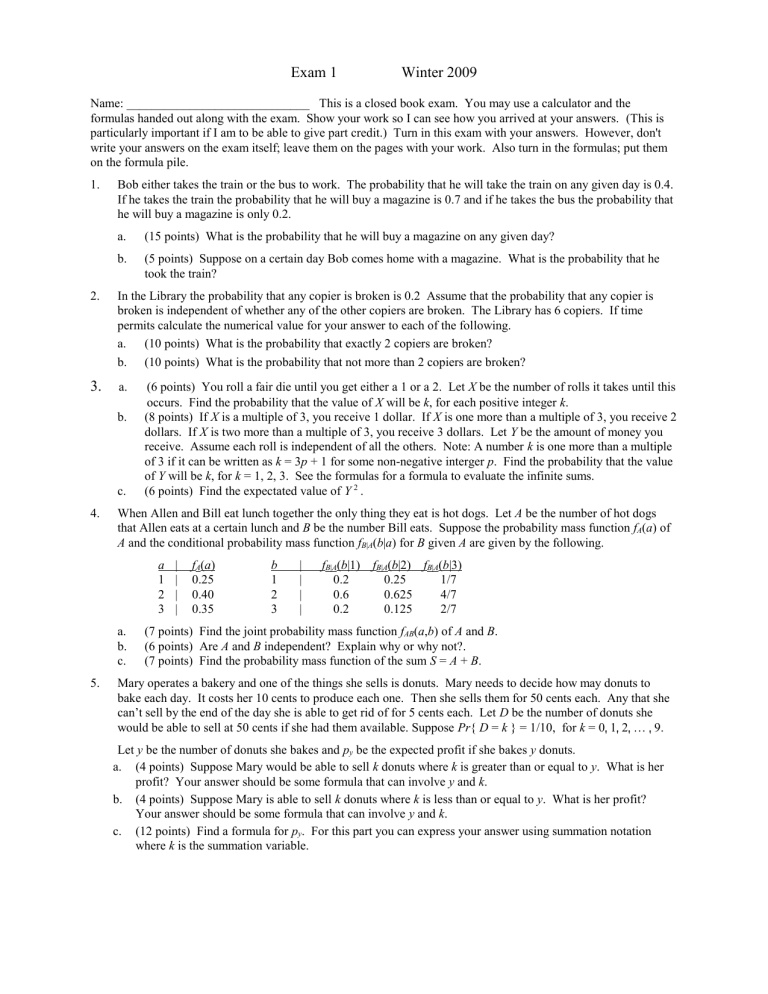
Exam 1 Winter 2009
Name: _____________________________ This is a closed book exam. You may use a calculator and the formulas handed out along with the exam. Show your work so I can see how you arrived at your answers. (This is particularly important if I am to be able to give part credit.) Turn in this exam with your answers. However, don't write your answers on the exam itself; leave them on the pages with your work. Also turn in the formulas; put them on the formula pile.
1. Bob either takes the train or the bus to work. The probability that he will take the train on any given day is 0.4.
If he takes the train the probability that he will buy a magazine is 0.7 and if he takes the bus the probability that he will buy a magazine is only 0.2. a. (15 points) What is the probability that he will buy a magazine on any given day? b. (5 points) Suppose on a certain day Bob comes home with a magazine. What is the probability that he took the train?
2. In the Library the probability that any copier is broken is 0.2 Assume that the probability that any copier is broken is independent of whether any of the other copiers are broken. The Library has 6 copiers. If time permits calculate the numerical value for your answer to each of the following. a. (10 points) What is the probability that exactly 2 copiers are broken? b. (10 points) What is the probability that not more than 2 copiers are broken?
3. a. (6 points) You roll a fair die until you get either a 1 or a 2. Let X be the number of rolls it takes until this occurs. Find the probability that the value of X will be k , for each positive integer k .
b. (8 points) If X is a multiple of 3, you receive 1 dollar. If X is one more than a multiple of 3, you receive 2 dollars. If X is two more than a multiple of 3, you receive 3 dollars. Let Y be the amount of money you receive. Assume each roll is independent of all the others. Note: A number k is one more than a multiple of 3 if it can be written as k = 3 p + 1 for some non-negative interger p . Find the probability that the value of Y will be k , for k = 1, 2, 3. See the formulas for a formula to evaluate the infinite sums. c. (6 points) Find the expectated value of Y 2 .
4. When Allen and Bill eat lunch together the only thing they eat is hot dogs. Let A be the number of hot dogs that Allen eats at a certain lunch and B be the number Bill eats. Suppose the probability mass function f
A
( a ) of
A and the conditional probability mass function f
B | A
( b | a ) for B given A are given by the following. a | f
A
( a )
1 | 0.25
2 | 0.40
3 | 0.35 b | f
B | A
1
2
3
|
|
|
( b |1) f
B | A
0.2
0.6
0.2
( b |2) f
0.25
0.625
0.125
B | A
( b |3)
1/7
4/7
2/7 a. (7 points) Find the joint probability mass function f
AB
( a , b ) of A and B . b. (6 points) Are A and B independent? Explain why or why not?. c. (7 points) Find the probability mass function of the sum S = A + B .
5. Mary operates a bakery and one of the things she sells is donuts. Mary needs to decide how may donuts to bake each day. It costs her 10 cents to produce each one. Then she sells them for 50 cents each. Any that she can’t sell by the end of the day she is able to get rid of for 5 cents each. Let D be the number of donuts she would be able to sell at 50 cents if she had them available. Suppose Pr { D = k } = 1/10, for k = 0
'
1
'
2
'
…
'
9.
Let y be the number of donuts she bakes and p y
be the expected profit if she bakes y donuts. a. (4 points) Suppose Mary would be able to sell k donuts where k is greater than or equal to y . What is her profit? Your answer should be some formula that can involve y and k . b. (4 points) Suppose Mary is able to sell k donuts where k is less than or equal to y . What is her profit?
Your answer should be some formula that can involve y and k . c. (12 points) Find a formula for p y
. For this part you can express your answer using summation notation where k is the summation variable.
